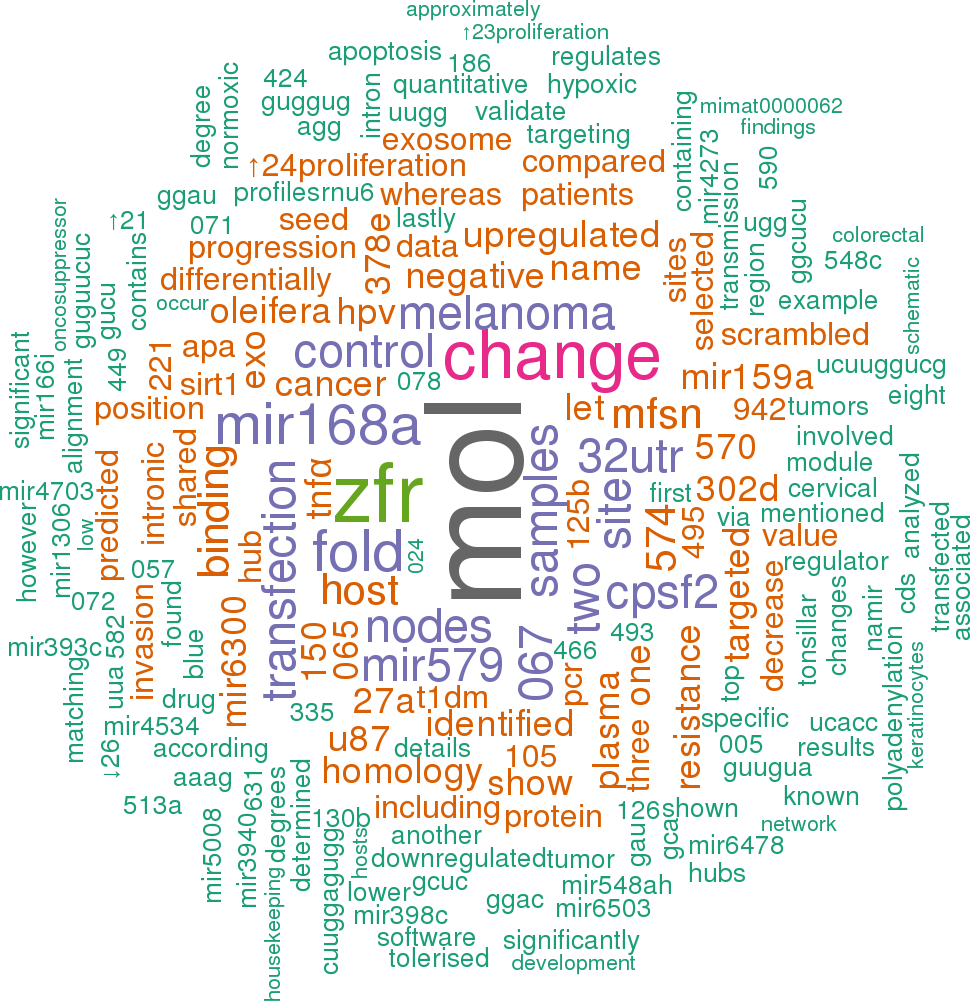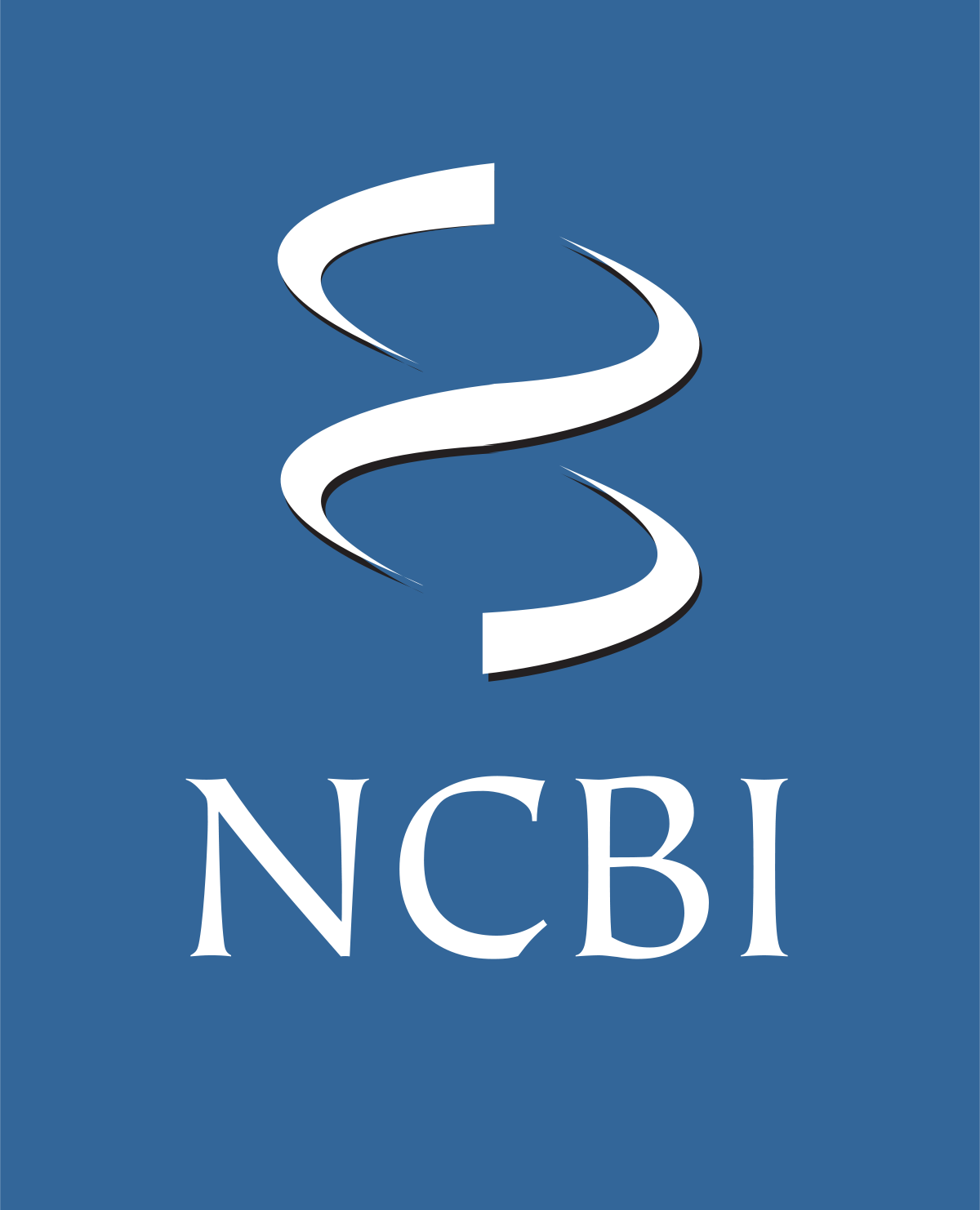Accession
MI0003586
Symbol
HGNC:
MIR579
Description
Homo sapiens
hsa-mir-579 precursor miRNA
Summary
Caution, this is an AI generated summary based on literature. This may have errors. ?
MIR579 is a microRNA (miRNA) that has been implicated in various physiological and pathological processes, including cardiotoxicity and noradrenergic signaling. Elevated levels of MIR579 have been specifically associated with cardiotoxicity in patients treated with bevacizumab, a phenomenon that is not replicated by artificially engineering a CNNC motif into MIR579 [PMC7578723][PMC5340965[PMC5340965]. The MIR579 gene is located within the putative promoter region upstream of the gene and has been linked to the regulation of several genes involved in fear and anxiety [PMC6195525]. Notably, the minor (T)-allele of rs2910931 upstream of MIR579 has been associated with increased expression of hsa-miR-579-3p, leading to more effective repression of SLC6A2 expression and higher synaptic noradrenaline levels [PMC6195525]. This genetic variation may contribute to higher trait anxiety and panic disorder (PD) susceptibility due to increased sympathetic noradrenergic arousal [PMC6195525]. Additionally, MIR579's role in diabetic microvascular complications has been highlighted, where its inhibition leads to increased expression of protective vascular factors [PMC8631471][PMC9563036[PMC9563036]. Conservation studies have confirmed the presence of MIR579 among several primate species but not in more distantly related species such as mice or rats, limiting validation studies to primate models [PMC6195525].
Literature search

16 open access papers mention hsa-mir-579
(53 sentences)
(53 sentences)
Sequence
1159
reads,
98
reads per million, 73 experiments
cauauuagguuaaugcaaaaguaaUCGCGGUUUGUGCCAGAUGACGauuugaauuaauaaaUUCAUUUGGUAUAAACCGCGAUUauuuuugcaucaac
........(((.((((((((((((((((((((((((((((((((..(((((......))))))))))))))))))))))))))))))))))))).)))
........(((.((((((((((((((((((((((((((((((((..(((((......))))))))))))))))))))))))))))))))))))).)))
Structure
cauauuag a CG aa
guu augcaaaaguaaUCGCGGUUUGUGCCAGAUGA auuug u
||| |||||||||||||||||||||||||||||||| |||||
caa uacguuuuuaUUAGCGCCAAAUAUGGUUUACU Uaaau u
-------- c -- aa
Annotation confidence
High
Do you think this miRNA is real?
Comments
The mature sequence shown here represents the most commonly cloned form from large-scale cloning studies [2]. The 5' end of the miRNA may be offset with respect to previous annotations.
Genome context
chr5: 32394378-32394475 [-]
Disease association
hsa-mir-579 is associated with one or more human diseases in the Human microRNA Disease Database
| Disease | Description | Category | PubMed ID |
|---|
Mature hsa-miR-579-3p
| Accession | MIMAT0003244 |
| Description | Homo sapiens hsa-miR-579-3p mature miRNA |
| Sequence | 62 - UUCAUUUGGUAUAAACCGCGAUU - 84 |
| Evidence |
experimental
SAGE [1], cloned [2], Illumina [3] |
| Database links |



|
| Predicted targets |


|
Mature hsa-miR-579-5p
| Accession | MIMAT0026616 |
| Description | Homo sapiens hsa-miR-579-5p mature miRNA |
| Sequence | 25 - UCGCGGUUUGUGCCAGAUGACG - 46 |
| Evidence |
experimental
Illumina [3] |
| Database links |



|
| Predicted targets |


|
References
|



